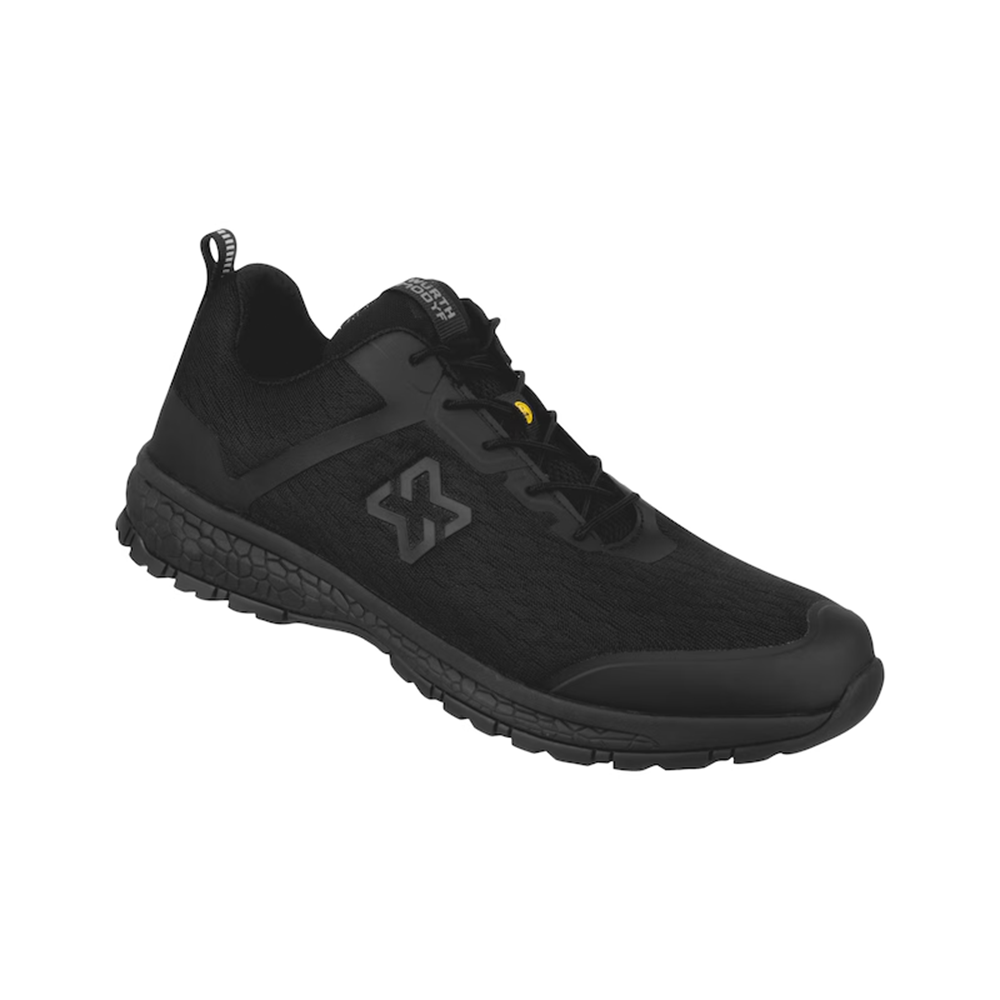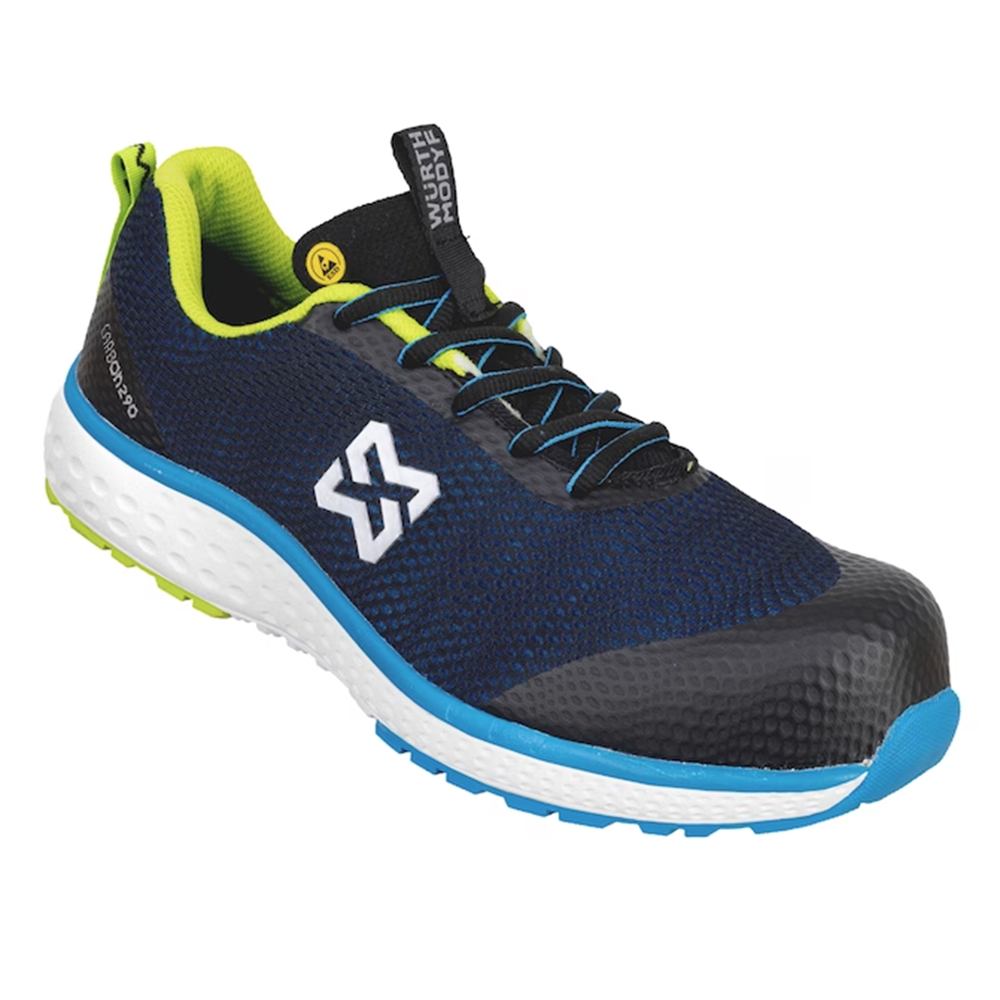
Τα καλύτερα παπούτσια εργασίας για ορθοστασία: Άνεση και υποστήριξη όλη μέρα
Η ορθοστασία για πολλές ώρες είναι μια από τις πιο κοινές προκλήσεις στον εργασιακό χώρο.

Hi-Vi clothes are vital for safeguarding workers in high-traffic or dangerous zones. These bright, reflective garments enhance visibility and reduce accident risks. This article explores their essential features, uses, types, regulations, and the benefits of customizing with company logos.
Reflective vests are characterized by their bright colors and reflective materials. Here are some notable features:
These garments are utilized across a range of settings, including:
High-visibility apparel is classified into different categories based on the level of visibility they provide. The main classes include:
| Class | Description | Typical Use |
| Class 1 | Minimum visibility for low-risk environments. | Parking attendants, warehouse workers. |
| Class 2 | Enhanced visibility for workers near traffic. | Road construction, utility workers. |
| Class 3 | Maximum visibility for high-risk situations. | Emergency responders, highway workers. |
Wearing high-visibility clothing correctly is essential for safety. A securely fastened vest boosts visibility, reducing risk. Fluorescent colors shine in daylight, while reflective materials keep workers visible at night, ensuring round-the-clock protection.
Elevate your brand and boost team unity with custom logo high-visibility vests. Printed front and back, your logo stands out in busy areas, enhancing both safety and spirit. It’s a smart, practical choice for any business aiming to shine.
Understanding the advantages and disadvantages of high-visibility apparel can help organizations make informed decisions regarding their use. Below is a summary of the pros and cons:
| Pros | Cons |
| Enhances safety by increasing visibility in various conditions. | Can be uncomfortable in hot weather if not designed for breathability. |
| Reduces the risk of accidents in high-traffic areas. | May require regular washing to maintain brightness and reflectivity. |
| Customizable with company logos for branding. | Initial costs can be higher compared to standard workwear. |
| Available in various styles to suit different work environments. | Some designs may restrict movement if not properly fitted. |
When selecting high-visibility apparel, consider the following factors to ensure you make the best choice for your needs:
High-visibility clothing is essential to workplace safety, particularly in environments where visibility is critical. Organizations can make informed decisions that enhance safety and compliance by understanding the features, uses, classifications, and regulations associated with these garments. Customizing these vests with company logos can promote brand visibility and foster team spirit. As trends evolve, staying informed about the latest developments in high-visibility apparel will ensure that you are equipped with the best options available.
It is recommended to replace high visibility clothing when it shows signs of wear, such as fading, fraying, or loss of reflective properties. Regular inspections should be conducted to ensure compliance with safety standards.
Yes, high visibility vests can be worn over other clothing. However, it is important to ensure that the vest fits properly and does not restrict movement.
Yes, regulations can vary by region and industry. It is important to consult local safety guidelines and standards to ensure compliance.

Η ορθοστασία για πολλές ώρες είναι μια από τις πιο κοινές προκλήσεις στον εργασιακό χώρο.

Στον σύγχρονο εργασιακό χώρο, η άνεση και η ασφάλεια πρέπει να συνδυάζονται αρμονικά. Ένας από